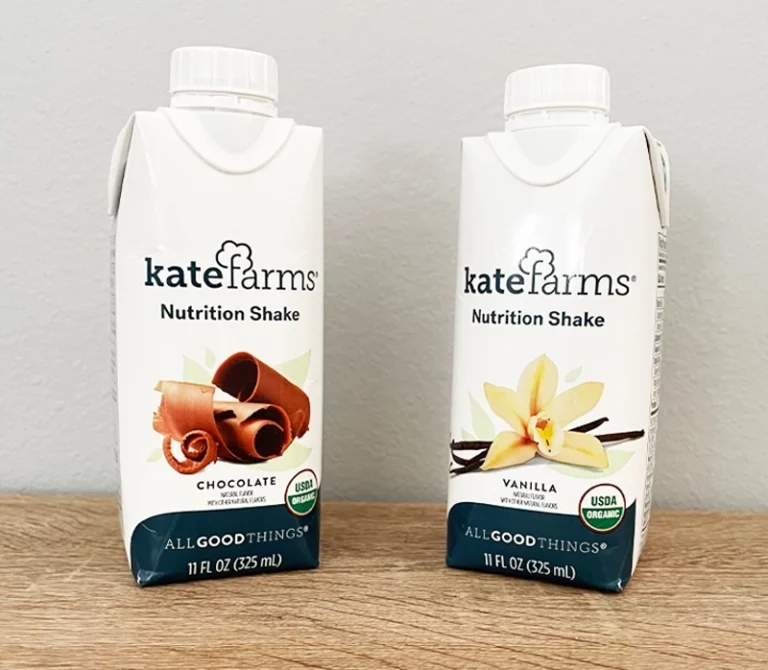9 Factors Affecting Nutrition in Older Adults
Aging is linked to a variety of changes in your body, including muscle loss, mild cognitive decline, and decreased sense of taste and smell.
These changes can make it more difficult for older adults to meet their nutritional needs.
Consequently, poor nutrition increases older adults’ risk of malnutrition, falls and fractures, as well as a decline in quality of life.
This article explores the medical, social, and physiological factors affecting nutrition in older adults.

1. Appetite
Between 15-30% of older adults experience appetite decline, with higher rates among those in nursing homes (1).
Reduced appetite makes it difficult for older adults to get enough of the nutrients they need for good health.
Appetite tends to decline with age for several reasons including changes to the digestive system, hormones, and senses (1).
Lower energy requirements and certain medications can also contribute to older adults’ dwindling appetite.
Moreover, older adults tend to get fuller, quicker, further decreasing appetite and food intakes.
This makes focusing on nutrient-dense foods important.
2. Dental health
Aging is often accompanied by general oral health decline, largely a result of poor dental care, or physical or financial limitations that prevent routine dental services (2).
Broken and missing teeth can make chewing certain foods — such as meats, vegetables, and nuts — uncomfortable and difficult.
Ill-fitting dentures and mouth sores can also affect chewing ability and lead to decreased food intakes (3).
Consequently, chewing problems in older adults is linked to poor nutritional status, frailty, and a higher risk of death (4, 5).
Regular and routine dental visits and cleanings as well as good oral hygiene at home is necessary for good nutrition and health.
If dental insurance is too expensive, dental schools, free clinic events, and community public health clinics can help save on costs.
3. Ability to swallow
Having trouble swallowing — or dysphagia — is much more prevalent among older adults than younger adults (6).
Dysphagia is associated with several diseases such as stroke and Parkinson’s disease, both of which increase in prevalence with age.
Normal aging is also associated with shrinking of the brain, diminishing nerve function, and a decline in the muscles used for swallowing, which can also negatively affect swallowing ability (7).
Swallowing difficulties can result in choking, coughing, or aspiration, and increase the risk of pneumonia.
Modifications in diet texture or fluid consistency are often needed to prevent these complications.
At the same time, however, diet modification can make food less palatable and enjoyable, leading to poor nutritional status.
That said, the reduced risk of complications that may come from diet modification may not outweigh the benefits of improved nutritional status through diet liberalization.
4. Depression
Depression can affect anyone regardless of age, but tends to be more prevalent late in life (8).
Older adults are particularly vulnerable to depression due to low income, lack of social support and companionship, retirement, and chronic medical illnesses (9).
Depression in older adults can result in dehydration, malnutrition, and physical illnesses.
For this reason, depression is a well-established predictor of nutritional status among older adults and is considered a major risk factor of unintended weight loss and malnutrition (10).
Medications, talk-therapy, and lifestyle changes are the typical treatments for depression.
5. Disease
Aging is a major risk factor for diseases such as cancer, heart disease, and neurodegenerative diseases like Alzheimer’s and Parkinson’s disease (11).
These diseases and their medical treatments can decrease appetite, interfere with normal eating, affect how the body uses nutrients, as well as increase nutrient and calorie needs (12).
For example, people with cancer often have higher needs for protein and calories to prevent muscle wasting and other health complications of cancer or its treatment (13).
What’s more, older adults tend to have multiple diseases simultaneously, further complicating nutritional needs and status (14).
6. Taste and smell
The ability to taste and smell food are an important part of appetite and nutrition.
Older adults, however, have fewer taste buds than their young counterparts, and their sense of smell diminishes with age.
These changes can negatively affect appetite, change food preferences, and affect overall nutritional status.
Medications can also affect senses by changing how food tastes and smells (15).
They may cause foods to have a bitter or metallic taste, and others may taste more sweet or salty than usual.
In fact, over 400 drugs in all major drug categories have been found to alter taste and smell (15).
Sucking on mints, chewing gum, and flavoring foods with herbs, spices, sugar, lemon, and sauces may alleviate taste and smell changes.
7. Nutrient metabolism
Your body becomes less efficient in absorbing or producing certain nutrients with age — especially vitamin B12 and vitamin D.
Up to 30% of older adults have a condition called atrophic gastritis that decreases the absorption of vitamin B12 from food (16).
Atrophic gastritis decreases your body’s production of stomach acid, which is needed to absorb vitamin B12 from food.
The production of vitamin D is also affected with age.
Your kidneys help convert vitamin D to its active form so that it can be used by your body. With age, however, kidney function tends to decline, which results in less usable vitamin D for your body (17).
Aging also decreases vitamin D production from sunlight. For example, compared with younger adults, older adults produce 50% less vitamin D when exposed to the sun (18).
Vitamin B12 and vitamin D supplements are often recommended for older adults.
8. Ability to shop and cook
For older adults living by themselves, cooking a nutritious meal for one takes time and may feel taxing.
Illnesses or disabilities can also affect the ability to shop for and prepare food.
Fortunately, many older adults may qualify for meals on wheels, a service that delivers prepared meals to older adults who are homebound or otherwise unable to prepare meals independently.
Local community centers or church groups may also offer some sort of meal service for older adults.
9. Financial status
Low income is prevalent in aging populations, making it difficult for many older adults to afford nutrient-dense foods such as fruits, vegetables, nuts, and other minimally processed whole-foods.
The good news is there are several food assistance programs for older adults (19).
For instance, the Senior Farmers’ Market Nutrition Program (SFMNP) provides fresh fruits and vegetables to eligible older adults through farmers markets and roadside stands.
Similarly, another program called the Commodity Supplement Food Program (CSFP) works to improve the health of low-income older adults by supplementing their diet with nutritious foods.
The bottom line
Meeting the nutrition needs of older adults is crucial for the maintenance of health, functional independence, and quality of life.
Unfortunately, there are several factors affecting nutrition in older adults such as dwindling appetites, poor oral health, and chronic diseases.
Recognizing these factors and intervening as appropriate is key for ensuring proper nutrition and health with age.







